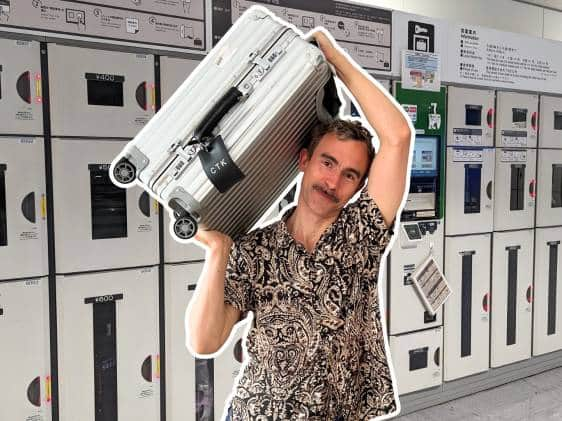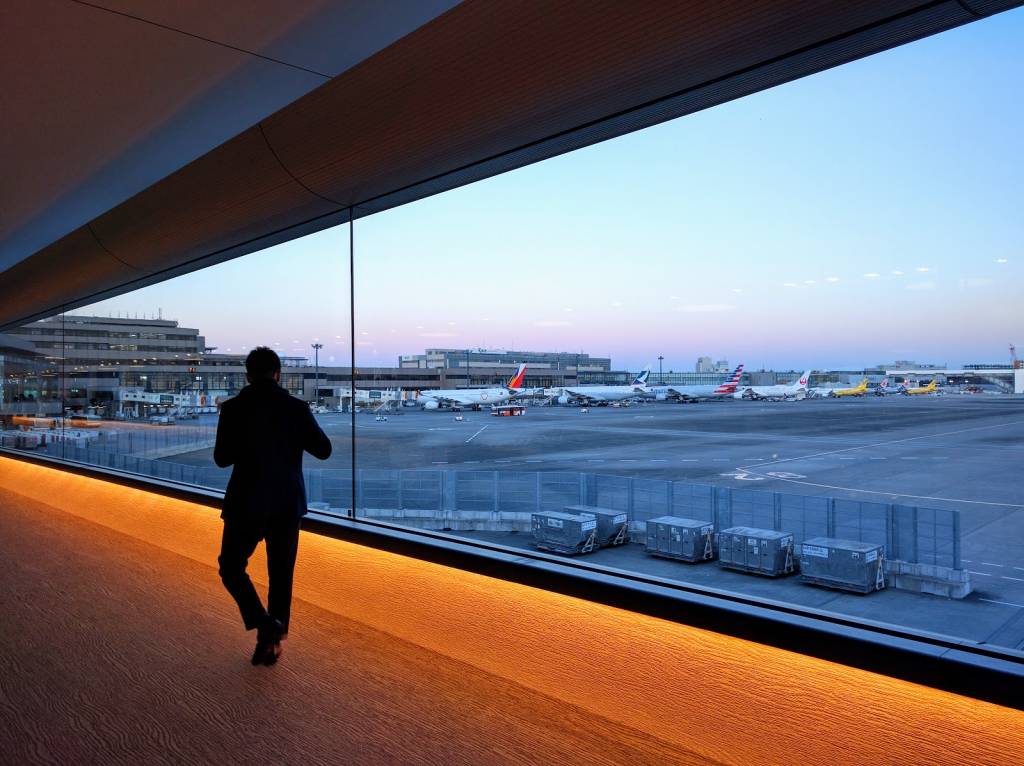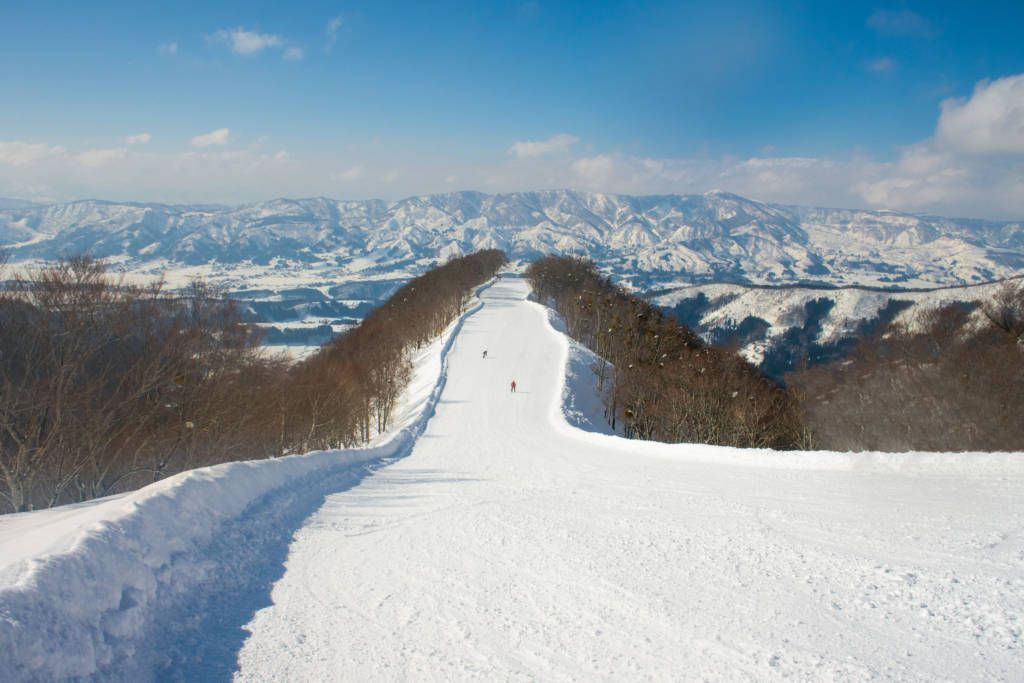Everyone knows that the Shinkansen is one of the best ways to travel in Japan. These high-speed trains can take you almost anywhere in the country — fast. And a JR East Pass keeps things affordable too, with potential savings of hundreds of dollars. But which JR East Pass should you choose? Let’s take a closer look at two that are available — the JR East Pass (Nagano, Niigata area) and the JR East Pass (Tōhoku area). Both of these rail passes are available to all foreign passport holders — whether you are visiting Japan, or live here.
Introduction to the JR East Pass
JR East operates trains in the Kantō and Tōhoku regions of Japan, as well as parts of the Chūbu region. They have different options available, including:
JR East Pass (Nagano, Niigata area): Partially covers the Hokuriku and Jōetsu Shinkansen Lines.
JR East Pass (Tōhoku area): Fully covers the Tōhoku, Yamagata, and Akita Shinkansen Lines.
In addition, both of these options include travel on local JR train lines, JR buses, and some private lines.
Need a primer on Shinkansen in general? Check out our ultimate guide to Shinkansen travel.

The basics: JR East Pass (Nagano, Niigata area) vs. JR East Pass (Tōhoku area)
First things first, these two rail passes take you to very different parts of Japan. With the JR East Pass (Nagano, Niigata area), you’ll be able to visit Nagano and Niigata. Meanwhile, the JR East Pass (Tōhoku area) gets you to Aomori, Yamagata, and Akita.
There is a little overlap though. Both cover Tokyo and the Kantō region — meaning both are valid for travel in and around Tokyo, and as far as Nikkō or Itō.
They both also have partial coverage of other Shinkansen Lines. The JR East Pass (Tōhoku area) covers the Hokuriku Shinkansen to Sakudaira and the Jōetsu Shinkansen to GALA Yuzawa. Meanwhile, the JR East Pass (Nagano, Niigata area) covers the Tōhoku Shinkansen Line to Nasushiobara.
We’ll look more closely at where each pass can take you below, but first let’s start with a basic comparison.
| Pass | Price | Validity | Eligibility | Potential Savings | Booking Process |
|---|---|---|---|---|---|
| JR East Pass (Nagano, Niigata area) | ¥27,000/adult,¥13,500/child | 5 consecutive days | Foreign passport holders, including residents | ¥10,000+ | Book online here |
| JR East Pass (Tōhoku area) | ¥30,000/adult, ¥15,000/child | 5 consecutive days | Foreign passport holders, including residents | ¥20,000+ | Book online here |
As you can see, there is a slight price difference between the two passes. Otherwise, they are both valid for five consecutive days, and available to both foreign tourists and foreign residents of Japan.
JR East Pass (Nagano, Niigata area)
¥27,000/adult,¥13,500/child
Book online here

The JR East Pass (Nagano, Niigata area) is great for exploring the central Chūbu region of Japan. This region is home to the Japanese Alps, and therefore many ski resorts and onsen towns. When it comes to the namesakes of this pass, Nagano is famous for the ever-popular snow monkeys, while Niigata is well-known for its rice production and sake. As the pass covers areas close to Tokyo, you spend less time traveling and more time exploring.
Who’s it good for?
This pass is perfect for a winter getaway. It gets you to a variety of ski resorts, along with well-known attractions and onsen. You can spend your days on the slopes and your evenings soaking in a hot spring.
Sample itinerary
If you follow this sample itinerary, you could save over ¥10,000 in transport costs.
Day 1

Leave Tokyo bright and early on the Hokuriku Shinkansen. Your first stop is Karuizawa for a visit to Shiraito Falls, followed by an afternoon of shopping at the outlet stores.
Day 2

Head towards Nagano City, and out to Jigokudani Monkey Park. Next, travel to Nozawa Onsen. At Nozawa Onsen hit the slopes, then finish your day in a hot spring.
Day 3
Today head to Myōkō for more snowsports and onsen. If you need a break, consider exploring Myōkō-Togakushi Renzan National Park.
Day 4

Next is Niigata City, where you can visit the Northern Culture Museum. Grab some sushi for dinner — the high quality rice paired with fresh seafood will be hard to resist.
Day 5
On your last day, stop by GALA Yuzawa. This ski resort has its own Shinkansen station, so you can ski or snowboard until the slopes close and then easily head straight back to Tokyo.
JR East Pass (Tōhoku area)
¥30,000/adult, ¥15,000/child
Book online here

If the area covered by the JR East Pass (Nagano, Niigata area) is good because of its proximity to Tokyo, the charm of the JR East Pass (Tōhoku area) is that it can get you far, far away. The Tōhoku region is a rugged area, known for its natural beauty. However, foreign visitors to Japan (still!) rarely go there, making it a great place to get off the beaten track.
Who’s it good for?
This pass is great for experiencing a quieter part of Japan. In particular, nature lovers will enjoy the range of landscapes and natural wonders.
Sample itinerary
If you follow this sample itinerary, you could save over ¥20,000 in transport costs.
Day 1

Leave Tokyo on the Tōhoku Shinkansen for Hachinohe to visit Oirase Gorge. Enjoy a hike along the gorge before returning to Hachinohe.
Day 2
Head to Kakunodate to explore the old samurai district. In the afternoon drop by Lake Tazawa on your way to Morioka.
Day 3
Travel south to Sendai and then out to the mountain temple of Yamadera. After exploring the temple, continue on to Ginzan Onsen.
Day 4

Travel south to Shiroishi and out to Zaō Fox Village. Then head back to Shiroishi and enjoy a walk along the Shiroishi Riverbank.
Day 5
On your last day, stop in Fukushima Prefecture to visit Ōuchijuku. The old post town is known for its well preserved buildings with thatched roofs.
For more information, have a look at our mega JR East Pass guide.
While we do our best to ensure it’s correct, information is subject to change. Post first published in February 2023. Last updated in October 2023.






























